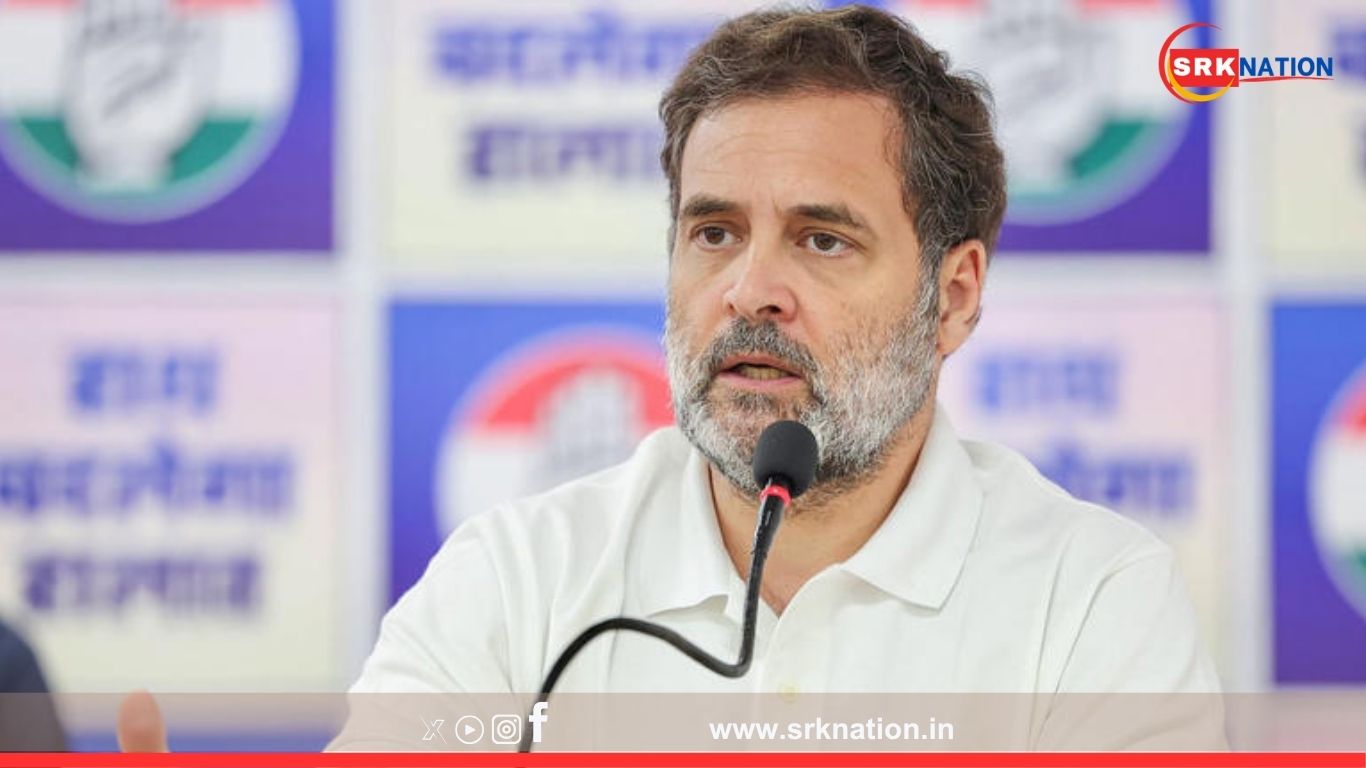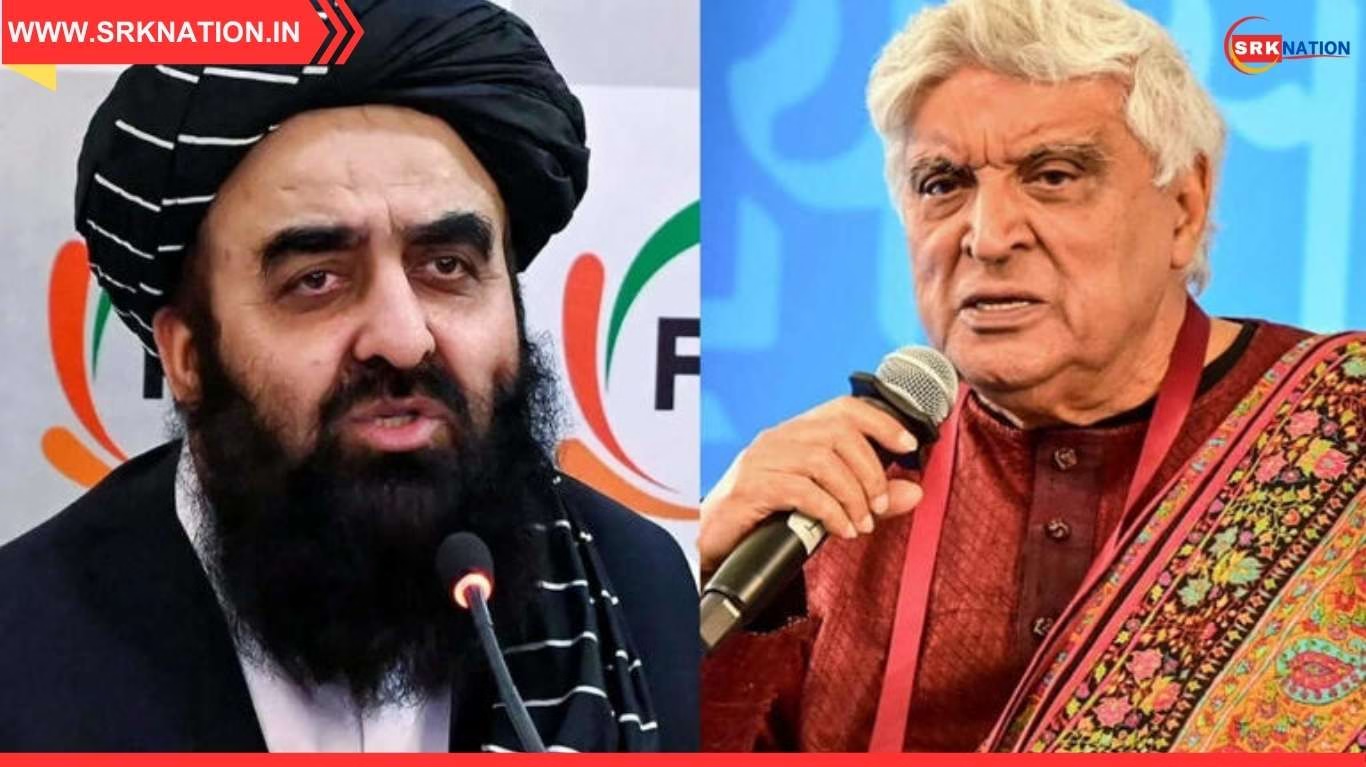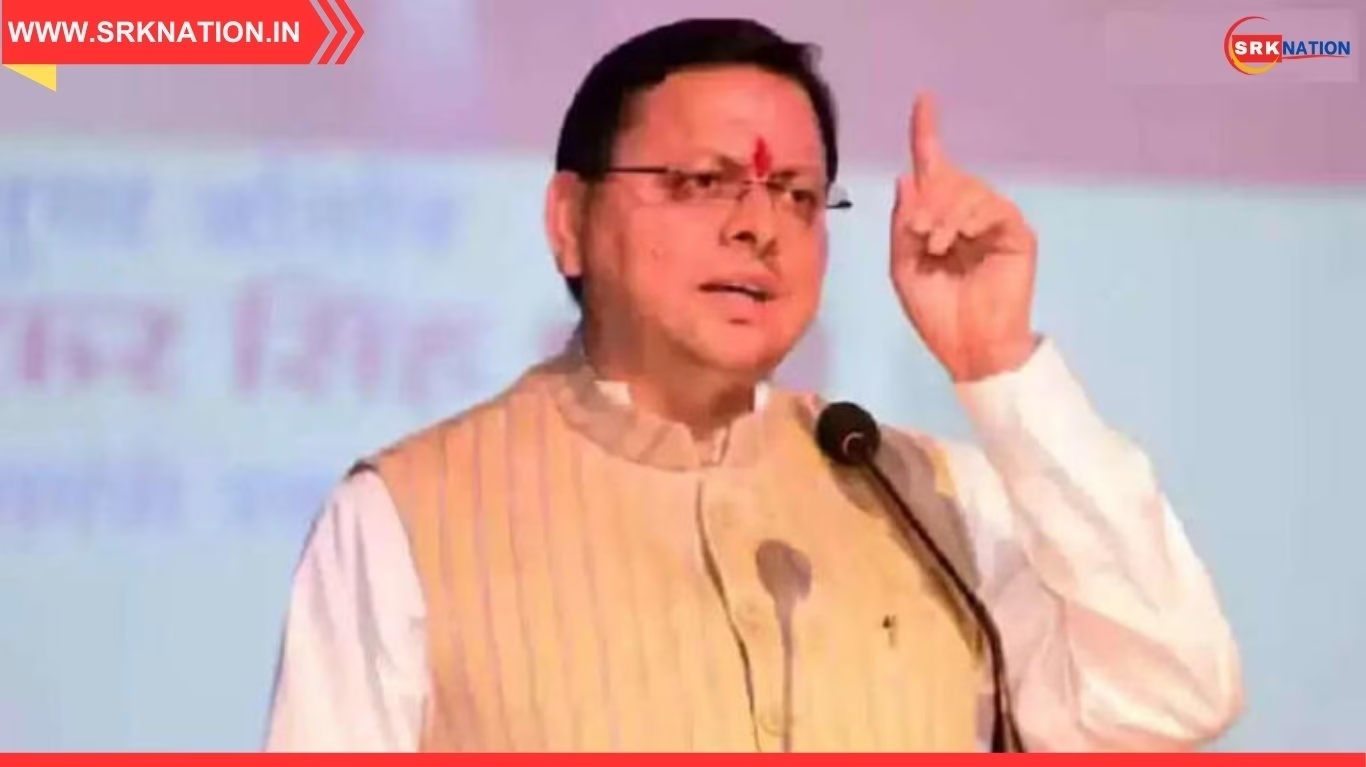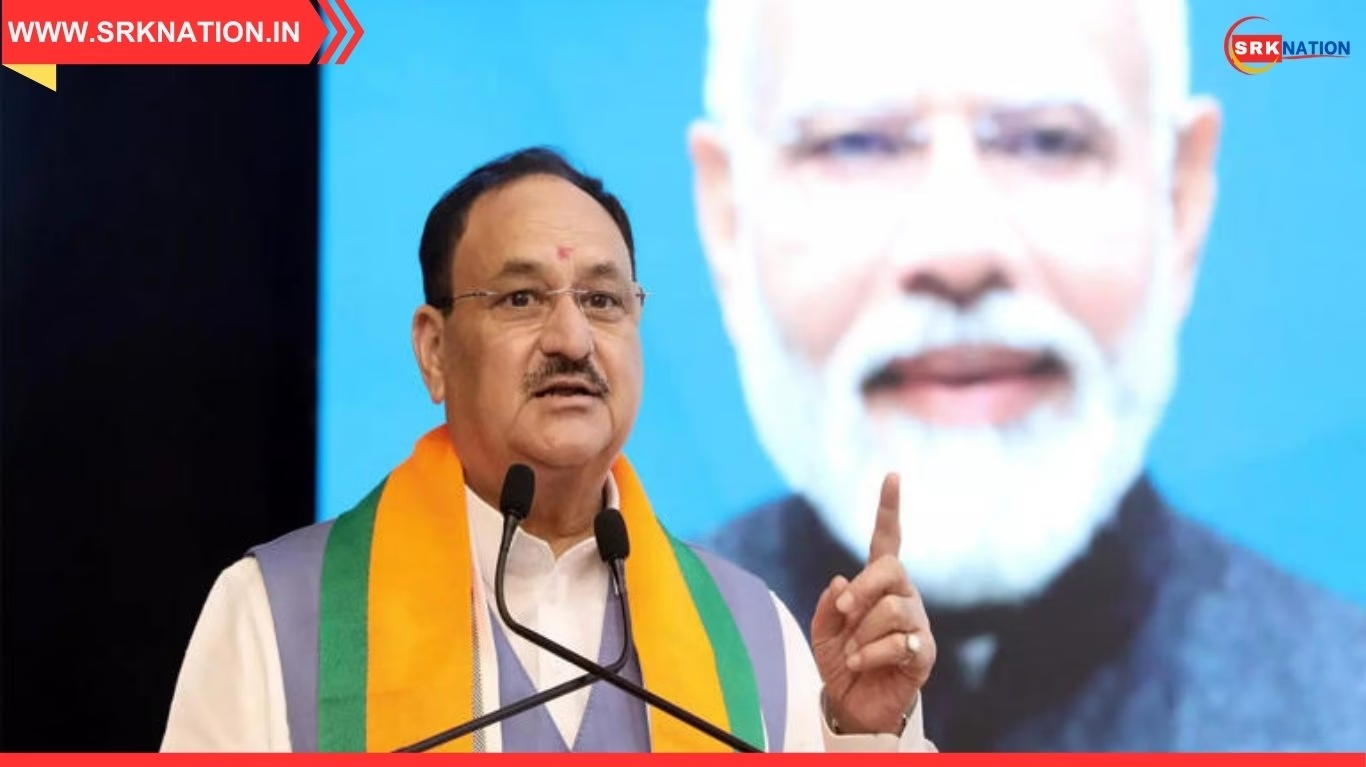Congress leader Rahul Gandhi on Monday launched a fresh attack on the Narendra Modi-led central government, accusing it of protecting the interests of a select group of billionaire corporates while ignoring systemic manipulation and losses faced by small traders in India’s burgeoning Futures & Options (F&O) market.
Addressing a press conference at the AICC headquarters in New Delhi, Gandhi referred to the recent Securities and Exchange Board of India (SEBI) study that highlighted a 41% rise in net losses incurred by individual traders in the F&O segment, totalling Rs 1.06 lakh crore in FY25, to argue that the current administration has created policies benefiting the rich at the expense of the middle class and retail investors.
Rahul Gandhi’s strong remarks
“Lakhs of ordinary investors are suffering due to unregulated speculative trading. The SEBI report has shown that F&O is no longer a hedging tool for small traders, but a profit-making avenue for a handful of powerful brokers and institutional players with insider access. Instead of investigating such market manipulations, the BJP government is busy enriching its friendly billionaires,” Gandhi alleged.
The Congress MP demanded that the government set up an independent parliamentary committee to scrutinise F&O market practices, broker involvement, algorithmic trading malpractices, and insider dealing patterns.
| Key Allegations By Rahul Gandhi | Details |
|---|---|
| F&O market manipulation | Losses of Rs 1.06 lakh crore by individual traders in FY25 |
| Benefit to few corporates | System enables institutional brokers to profit via complex derivatives |
| Lack of regulation | Calls for a parliamentary probe into algorithmic and speculative trading |
| Ignoring common investors | Policies framed to favour large brokers and market makers, Gandhi said |
SEBI study sparks political storm
The SEBI’s recent analytical paper, which triggered Gandhi’s remarks, revealed that 89% of individual traders in equity F&O incurred net losses in FY25, while only 11% made profits. The average loss per losing trader was around Rs 1.5 lakh, with significant participation coming from the 20-35 age group.
| F&O Trading Metrics (FY25) | Value/Percentage |
|---|---|
| Total turnover | Rs 630 lakh crore |
| Net loss by individuals | Rs 1.06 lakh crore |
| % of traders in loss | 89% |
| Average annual loss per losing trader | Rs 1.5 lakh |
| % of traders aged below 35 | 60% |
BJP responds sharply
Responding to Gandhi’s accusations, BJP national spokesperson Shehzad Poonawalla termed his remarks as “ignorant and misleading”, arguing that the F&O market is a regulated space, and investor education initiatives are regularly undertaken by SEBI, NSE, and BSE to warn against speculative trading risks.
“Rahul Gandhi does not understand capital markets. Under PM Modi, India’s market cap has reached record highs, making retail investors wealthier. The Congress should introspect about its policy paralysis days rather than lecture on economic management,” Poonawalla said in a media statement.
Congress demands structural reforms
Congress leaders, echoing Gandhi, demanded:
- Imposition of higher STT (Securities Transaction Tax) on speculative F&O trades to discourage retail gambling.
- Mandatory investor suitability assessments by brokers before approving F&O trading accounts.
- Real-time disclosure norms for algorithmic traders and institutional proprietary desks.
- Ban on leveraged intraday options buying for unqualified retail traders to reduce systemic risks.
- Inclusion of F&O losses in tax deductions up to a capped amount to help small traders stabilise finances.
Experts weigh in
Financial experts remain divided. While many agree with Gandhi’s concern about uninformed retail participation in high-risk leveraged trades, they believe market manipulation allegations need data-backed evidence.
Nithin Kamath, Founder, Zerodha, recently wrote,
“F&O trades are mostly zero-sum games with brokers earning via turnover-based commissions. Financial literacy is crucial before approving new derivatives products.”
Ajay Bagga, market veteran, noted:
“The F&O market in India is seeing record turnover but the low profitability for retail is a concern. Blanket bans aren’t solutions; structured investor protection, risk suitability checks, and position limits are practical measures.”
F&O market in India: An overview
| Year | Total Turnover (Rs lakh crore) | % Retail Participation | Average Daily Contracts (mn) |
|---|---|---|---|
| FY22 | 350 | 48 | 90 |
| FY23 | 415 | 52 | 110 |
| FY24 | 510 | 58 | 130 |
| FY25 | 630 | 61 | 160 |
India has emerged as the world’s largest derivatives market by contract volume, overtaking the US CME in FY23. The NSE’s options segment dominates global exchanges, with retail traders driving speculative weekly options expiry trades.
Political narrative
Rahul Gandhi has consistently positioned himself as a champion of ordinary citizens, farmers, and small entrepreneurs against what he terms “BJP’s billionaire raj”. His recent remarks come ahead of the upcoming assembly elections in Maharashtra, Haryana, and Jharkhand, where economic inequality is a key poll narrative for the Congress.
BJP strategists, meanwhile, aim to project the Modi government as pro-growth and market-friendly, citing robust GST collections, record FDI inflows, and rising per capita incomes to counter opposition criticisms.
Conclusion
The F&O market debate is now becoming a political flashpoint, with concerns about youth financial ruin clashing with the narrative of a mature, deep capital market driving India’s economic aspirations. Whether the government considers stricter regulations on retail derivative participation in coming months remains to be seen, but Rahul Gandhi’s intervention has ensured the issue enters mainstream electoral discourse.
Disclaimer: This article is for general information only. Readers are advised to consult registered financial advisors before participating in F&O or leveraged market trades. The news content does not constitute investment, legal, or tax advice.











